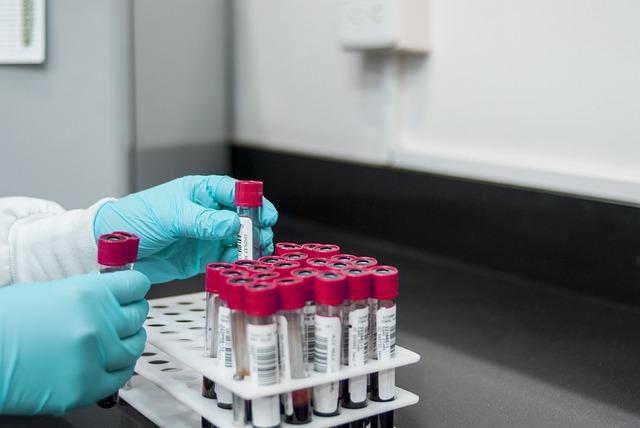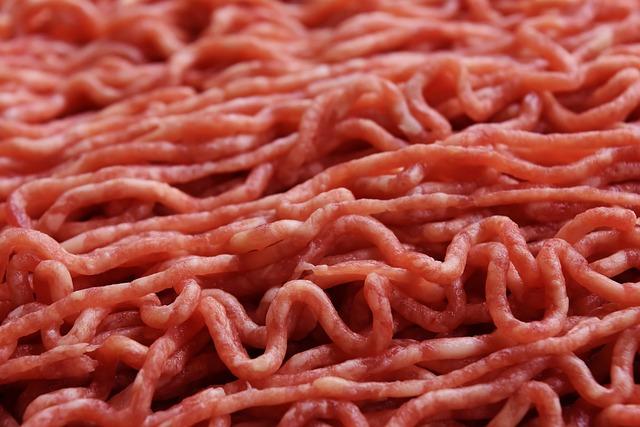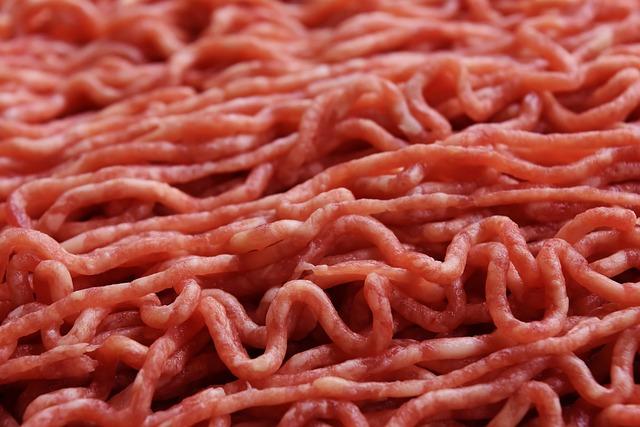- Introduction to Lab-Grown Meat
- What is Lab-Grown Meat?
- Advantages of Lab-Grown Meat
- Challenges and Disadvantages of Lab-Grown Meat
- Lab-Grown Meat and Environmental Impact
- Conclusion
- FAQs
- References
Introduction to Lab-Grown Meat
Lab-grown meat, also known as cultured or cell-based meat, is gaining significant attention as a potential solution to some of the most pressing problems in our global food systems. This innovative method of food production holds the promise of producing real animal protein without many of the downsides of traditional agriculture. In this article, we will dive deep into what lab-grown meat is, its benefits, challenges, environmental impacts, and address common questions surrounding this technology.
From moving away from livestock-reliant food sources to considering the ethical dimensions of lab-grown foods, this blog will explain the science behind this disruptive industry and its future projections within current societal frameworks.
What is Lab-Grown Meat?

(Image: Pixabay/@virjaco)
Lab-grown meat is produced by cultivating animal cells in a controlled laboratory environment. Unlike plant-based meat alternatives, cultured meat replicates the texture and taste of real animal flesh by taking muscle cells from animals. These cells are then nurtured in a growth medium until they multiply into an edible form. Essentially, it skips the need to breed, feed, and slaughter animals, by directly growing proteins at the cellular level.
Inception of the idea dates back to the early 2000s when researchers started investigating techniques to grow muscle tissues for medical purposes. Turning this concept into a sustainable food system marked a breakthrough in biotechnology.
While lab-grown meat has yet to become mainstream, key milestones have been reached in making cell-based meat economically viable. Notable companies like Eat Just and Memphis Meats have already introduced products such as lab-cultured chicken and beef on a limited scale.
Lab-grown meat takes pressure off traditional agricultural processes, potentially reducing our reliance on animals for protein while creating a new frontier for feeding billions of people more sustainably.
Advantages of Lab-Grown Meat

(Image: Pixabay/@fernandozhiminaicela)
The advantages of lab-grown meat are vast, particularly when viewed against the backdrop of ethical, environmental, and health concerns linked to traditional meat production:
### 1. **Less Ethical Concerns**One of the most talked-about benefits of cultured meat is its potential to drastically reduce the suffering of animals. Since muscle cells can be harvested from live animals without killing them, this approach minimizes ethical dilemmas associated with conventional slaughterhouses.
### 2. **Reduction in Resource Use**Compared to traditional meat production, which involves water-hungry crops, farmed lands, and fossil-fuel-dependent transportation systems, lab-grown meat offers a much smaller footprint. It requires fewer resources per kilogram of meat produced. According to studies, cell-based meats could use up to 99% less land and generate 96% fewer greenhouse gas emissions than conventionally farmed beef.
### 3. **Public Health Benefits**With lab-grown meat produced in sterile lab environments, there’s a reduced risk of zoonotic diseases (such as swine flu or avian flu) compared to large-scale factory farming. Furthermore, issues with antibiotics used in traditional livestock farming won’t apply, lowering risks associated with antibiotic resistance.
### 4. **Customization for Nutrients**Producers can control the composition of lab-grown meats, potentially enhancing the nutritional profile by increasing certain healthy components like omega-3 fatty acids or decreasing unhealthy fats such as cholesterol.
Challenges and Disadvantages of Lab-Grown Meat

(Image: Pixabay/@virjaco)
While it offers multiple advantages, there are significant hurdles that lab-grown meat must overcome before reaching widespread acceptance and implementation:
### 1. **High Production Cost**As it stands, lab-grown meat is expensive to produce. Even though prices have been dropping since the first public tasting in 2013, where a single burger cost approximately $300,000, the current costs are still higher than traditionally farmed meat. Significant advancements are needed in scaling up production and reducing costs through innovation in bioreactors and nutrient-rich media.
### 2. **Technological Barriers**Cultivating meat to mimic not just taste but also the texture of whole cuts (like steak or chicken breasts) has proven complex. For now, most cultured meat products resemble minced or ground forms, making their applications somewhat limited compared to premium cuts of meat genuinely desired by consumers.
### 3. **Consumer Skepticism**Another challenge lies in the court of public opinion. Consumers are wary of “synthetically grown” foods. Some might feel uneasy about eating meat from a lab due to perceived naturalness concerns or simply because it feels unfamiliar. Cultured meat producers need to build trust with consumers by showcasing transparency around the production processes and reinforcing that no genetic modification of the meat occurs during cell culture.
### 4. **Regulation and Legal Hurdles**The regulatory framework for approving lab-grown meat is in its infancy. Governments need to construct rigorous guidelines to ensure that these novel products are safe and nutritionally beneficial, further complicating the path to market.
Lab-Grown Meat and Environmental Impact

(Image: Pixabay/@Alexas_Fotos)
Arguably, one of the strongest cases for lab-grown meat is its positive environmental impact compared to traditional livestock farming methods.
### 1. **Reduced Greenhouse Gas Emissions**Currently, the livestock industry accounts for around 14.5% of global greenhouse gas emissions, largely driven by methane production from cattle. By cutting animal production down to supply only the precursor cells for lab-grown meat, emissions could plummet significantly.
### 2. **Conservation of Water and Land**Raising livestock is resource-intensive—over 70% of agricultural land currently supports animal feed production or pasture for grazing. Estimates suggest that industrialized lab-grown meat production could cut down 95% of water use and free large amounts of land for reforestation or alternative uses.
### 3. **Biodiversity Preservation**Though indirect, lab-grown meat could help alleviate habitat destruction caused by farming, contributing to biodiversity conservation. As demands for agricultural land diminish, critical ecosystems such as rainforests could be preserved.
Despite numerous positives, lab-grown meat isn’t entirely carbon-neutral, primarily due to the energy used in production facilities, but advancements in renewable energy and efficiency may address these concerns.
Conclusion
Lab-grown meat represents a remarkable technological leap in the quest for sustainable and ethical food production. Coupled with its potential for vast environmental benefits and the ability to answer important humane and health-related concerns, cell-based meat might be the future of the food industry. However, overcoming challenges related to regulatory practices, consumer trust, and high production costs remain critical steps before cultured meat can go mainstream.
FAQs
What is lab-grown meat made from?
Lab-grown meat is created using real animal cells, which are nurtured and multiplied in bioreactors using nutrients, growth factors, and other essential elements. Over time, these cells form muscle fibers similar to conventional meat.
Is lab-grown meat safe to eat?
Yes, lab-grown meat is closely monitored under sterile conditions and is poised to undergo rigorous safety testing before achieving regulatory approval for mass consumption. Early versions of lab-grown products approved in Singapore in 2020 indicate there's confidence in the safety of such foods.
Does lab-grown meat taste the same as traditional meat?
Cultured meat tastes remarkably similar to traditional meats because it’s composed of the same types of cells—this gives it an authentic meaty flavor and texture. However, minor differences in mouthfeel may still exist due to how it's processed.
How much does lab-grown meat cost?
At present, lab-grown meat remains expensive to produce on scale, though costs are declining as the technology progresses. Industry insiders expect prices to become competitive within the next decade.

